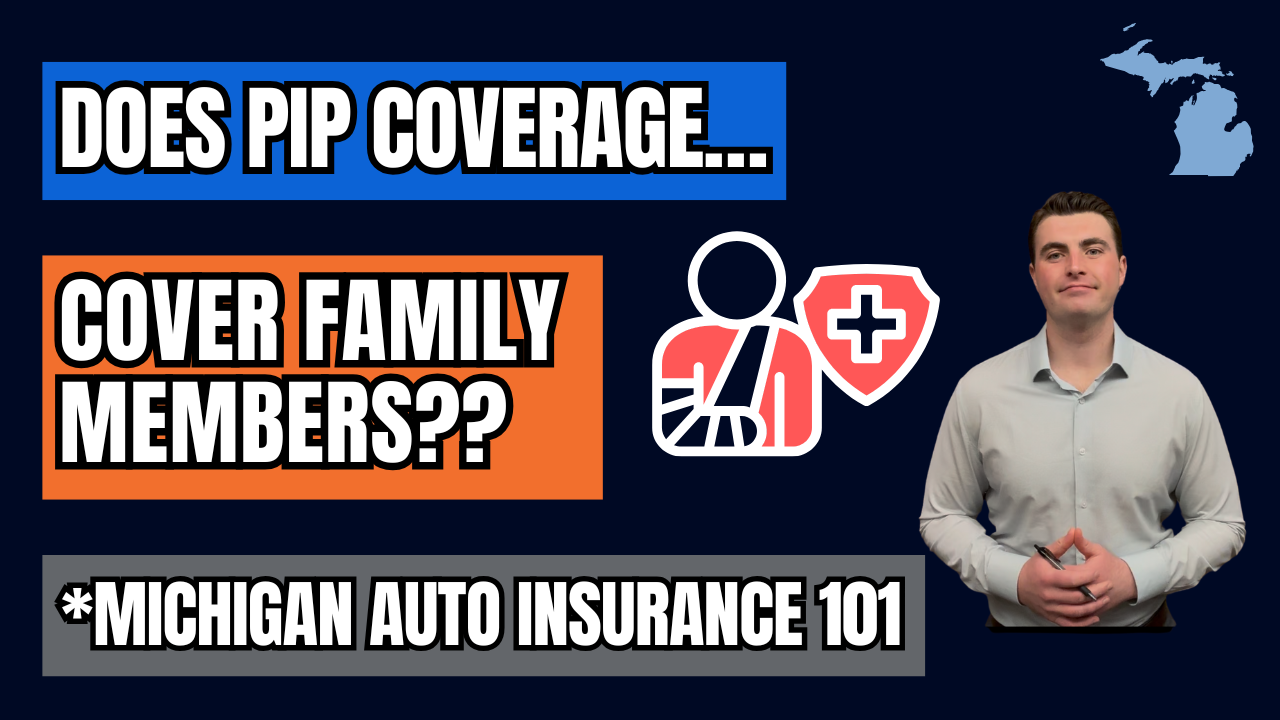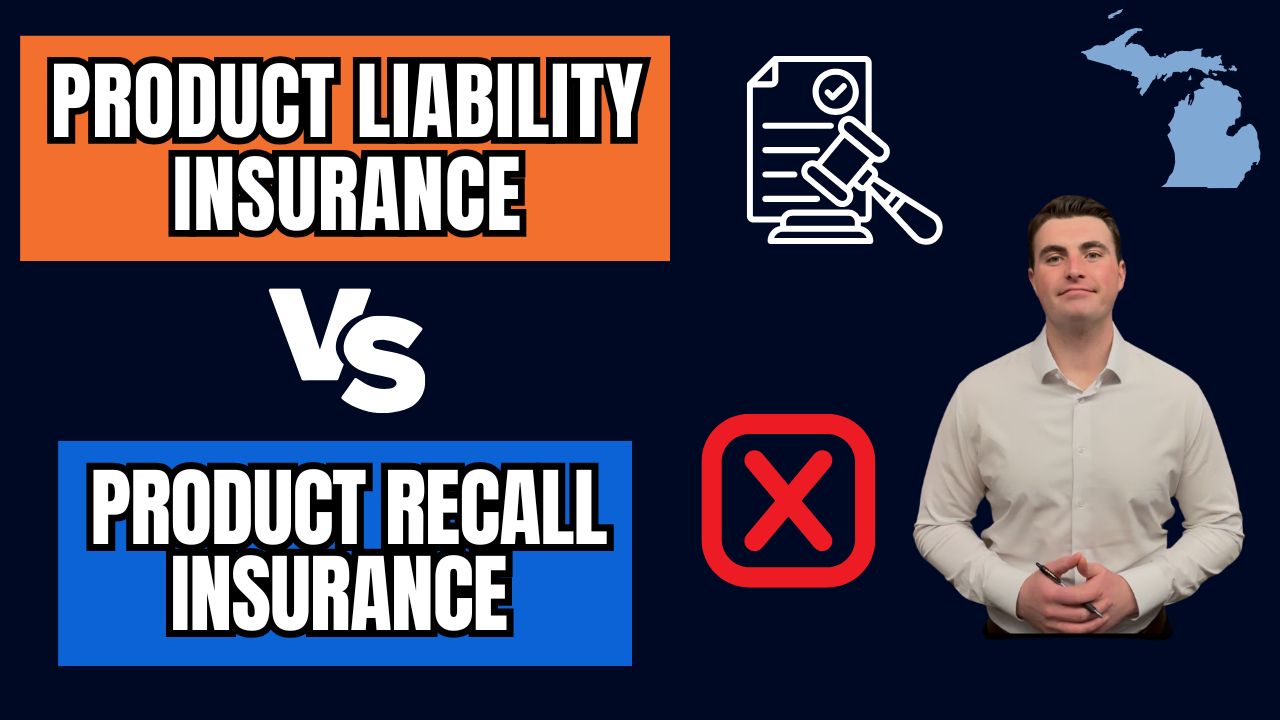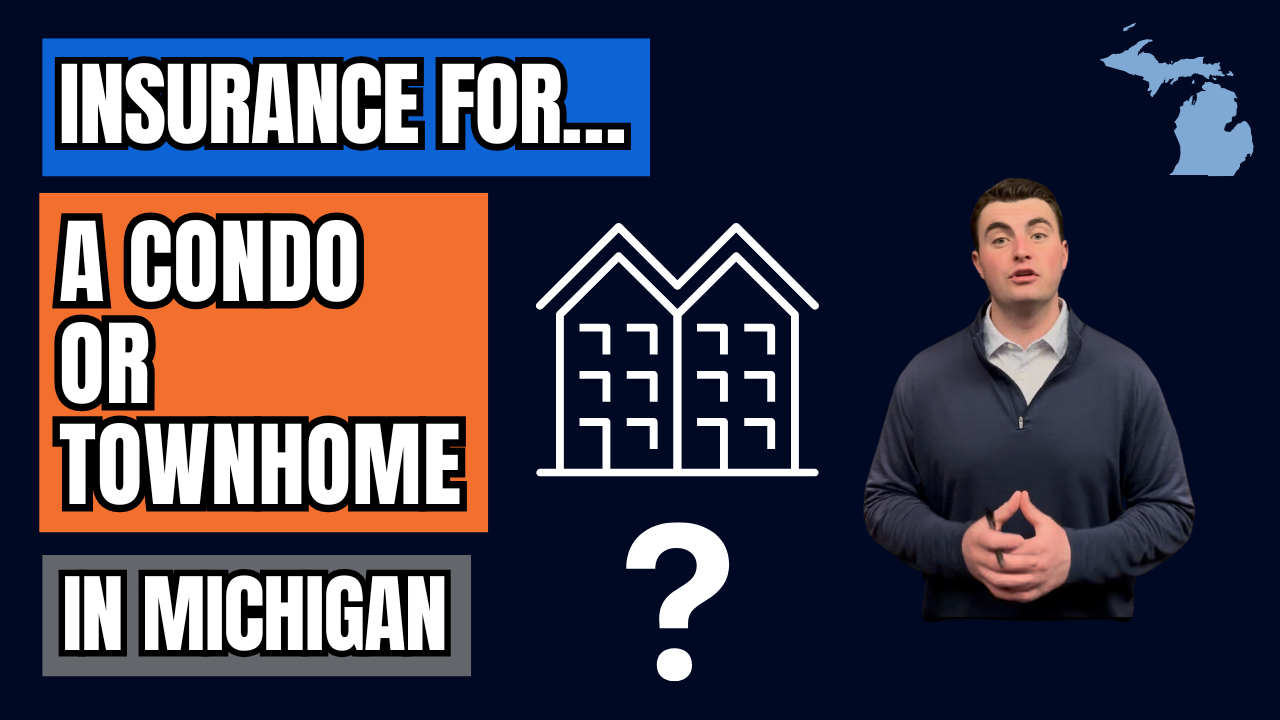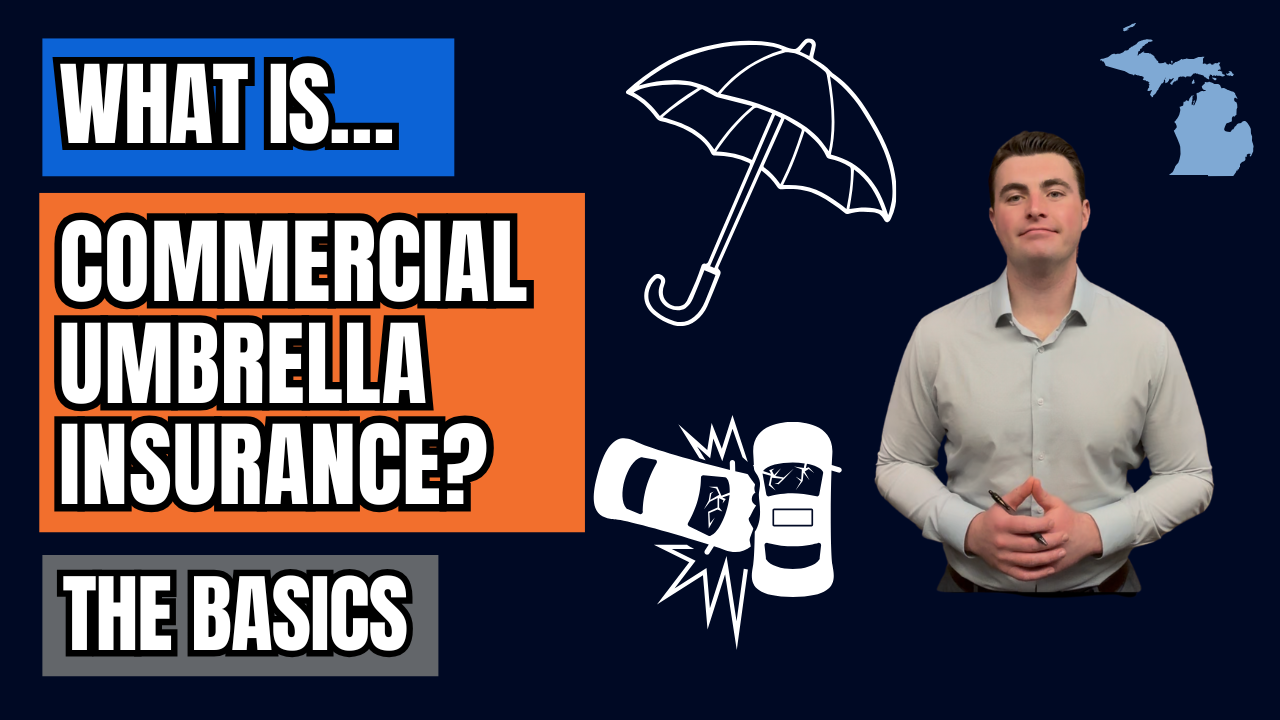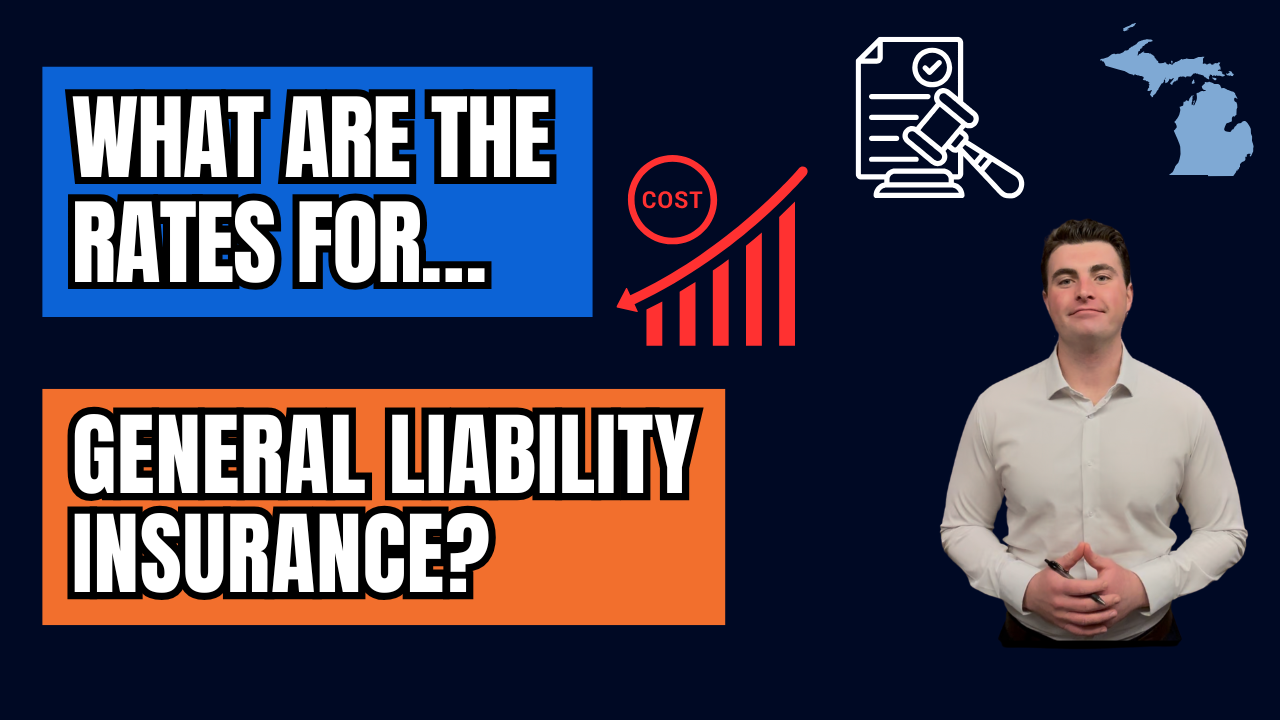What Is A Wind / Hail Deductible? And Why Does My Insurance Policy Have One?
This is a subtitle for your new post
When reviewing your homeowners or commercial property insurance policy, you may notice a separate deductible for wind and hail damage. Many people ask: What is this, and why do I have it? Let’s break it down so you know exactly how it works and how it impacts your coverage.
What Is a Deductible?
A deductible is the amount you agree to pay out of pocket before your insurance coverage kicks in. For example, if you have a $1,000 deductible and file a claim for $10,000 in damage, you pay the first $1,000, and your insurance covers the remaining $9,000 (up to your policy limit).
What Is a Wind and Hail Deductible?
In recent years, many insurance companies have started applying a separate deductible for wind and hail damage. Instead of having one flat deductible for every type of claim, you may have a different—often higher—deductible that only applies to storm-related damage.
This means if a storm damages your roof, the wind/hail deductible applies. But if a fire, theft, or water damage occurs, your standard deductible applies.
Why Do Insurance Companies Use a Wind and Hail Deductible?
With the increase in severe weather events, insurance companies face rising claims for wind and hail damage. By creating a separate deductible, insurers can:
- Better manage the cost of storm-related claims
- Prevent overall premiums from skyrocketing for all policyholders
- Offer more flexibility by letting customers choose between higher deductibles (for lower premiums) or lower deductibles (for more protection)
Flat Dollar vs. Percentage Deductibles
Wind and hail deductibles can be structured in two different ways:
- Flat Dollar Amount – For example, $5,000 per storm claim.
- Percentage of Insured Value – Common for commercial properties. A 2% deductible on a $1,000,000 building equals $20,000 out of pocket.
This percentage-based structure can have a major impact on your finances if a storm causes significant damage, so it’s crucial to understand what your policy uses.
How It Impacts Your Premiums
Choosing a higher wind and hail deductible can reduce your premium costs, but it also increases your out-of-pocket expense in the event of a storm. If you live in an area prone to hail or high winds, balancing premium savings with financial risk is important.
Final Thoughts
A wind and hail deductible isn’t meant to confuse you—it’s designed to keep insurance sustainable in areas where severe weather is becoming more frequent. The key is to know what type of deductible your policy has, whether it’s a flat dollar amount or a percentage, and how that affects your budget.
If you’re unsure about your current coverage or deductible structure, it may be time to review your policy with a trusted insurance professional.
Contact Us
We will get back to you as soon as possible.
Please try again later.


